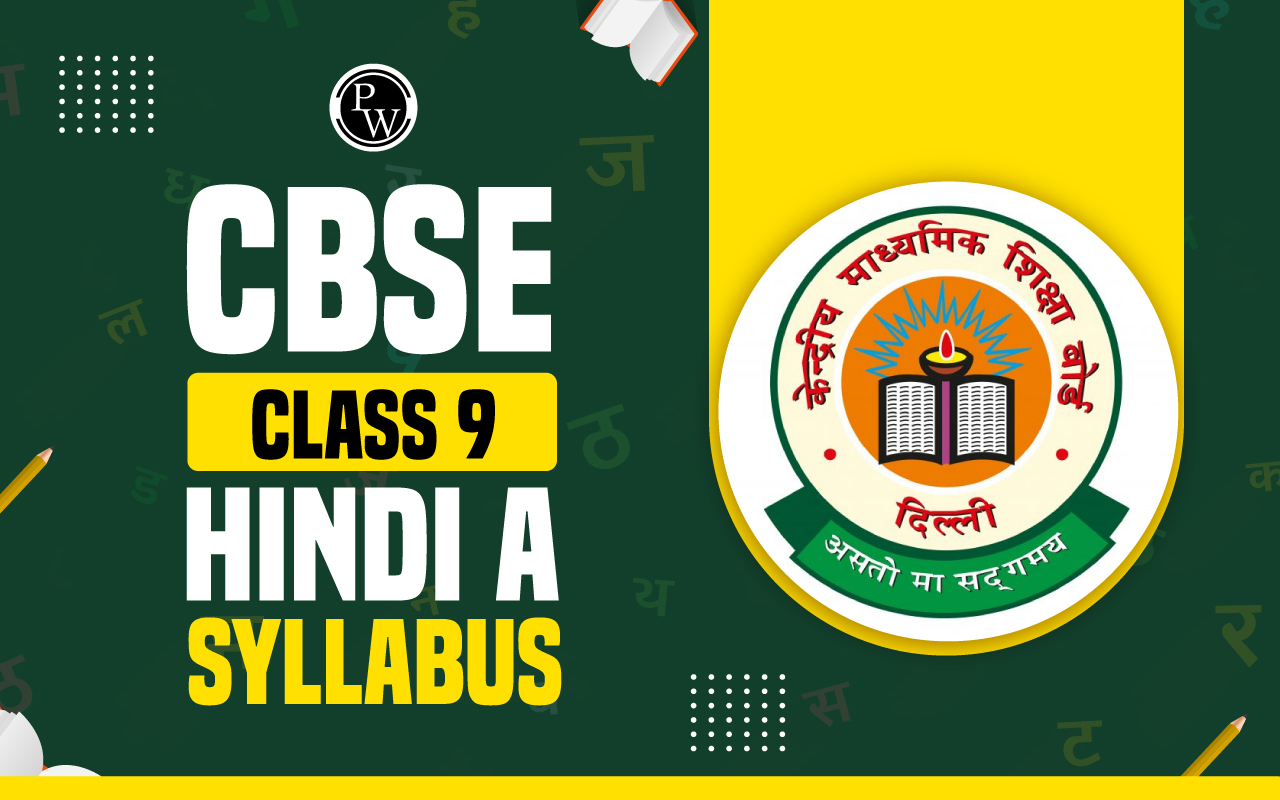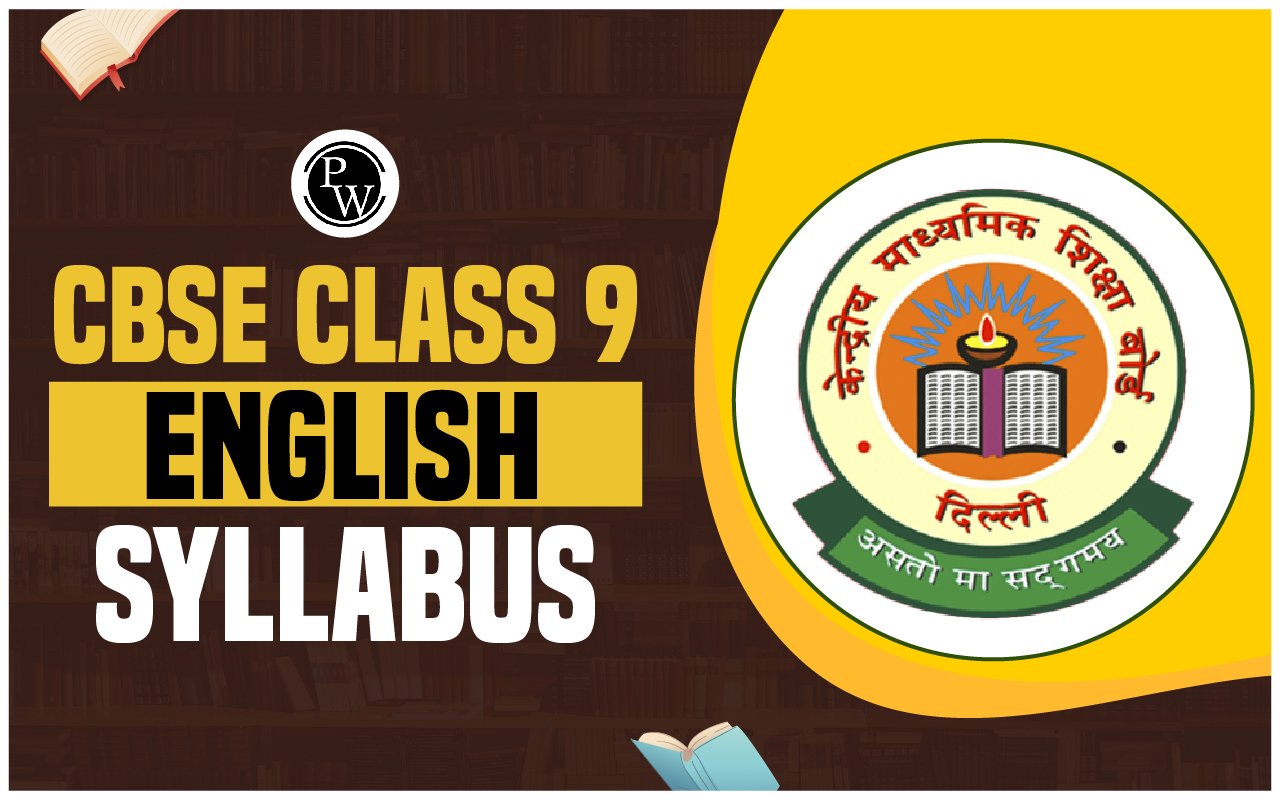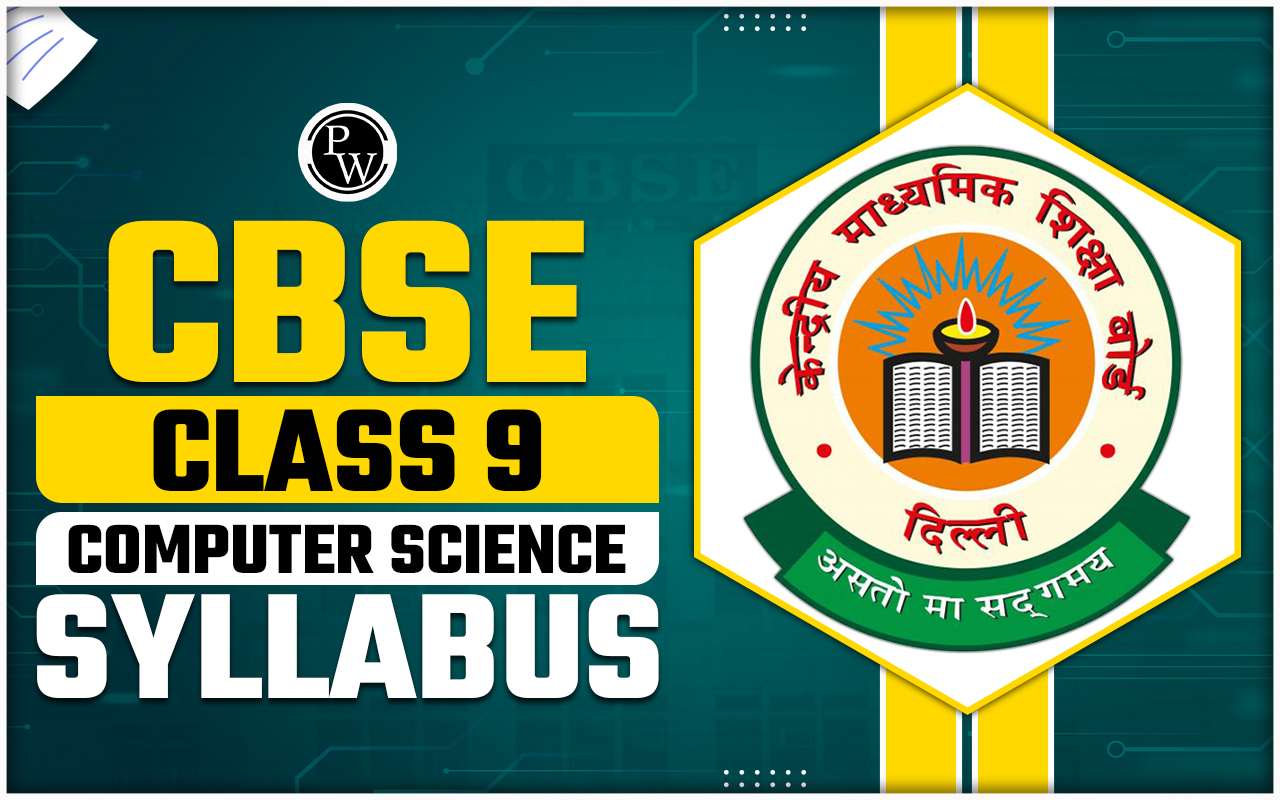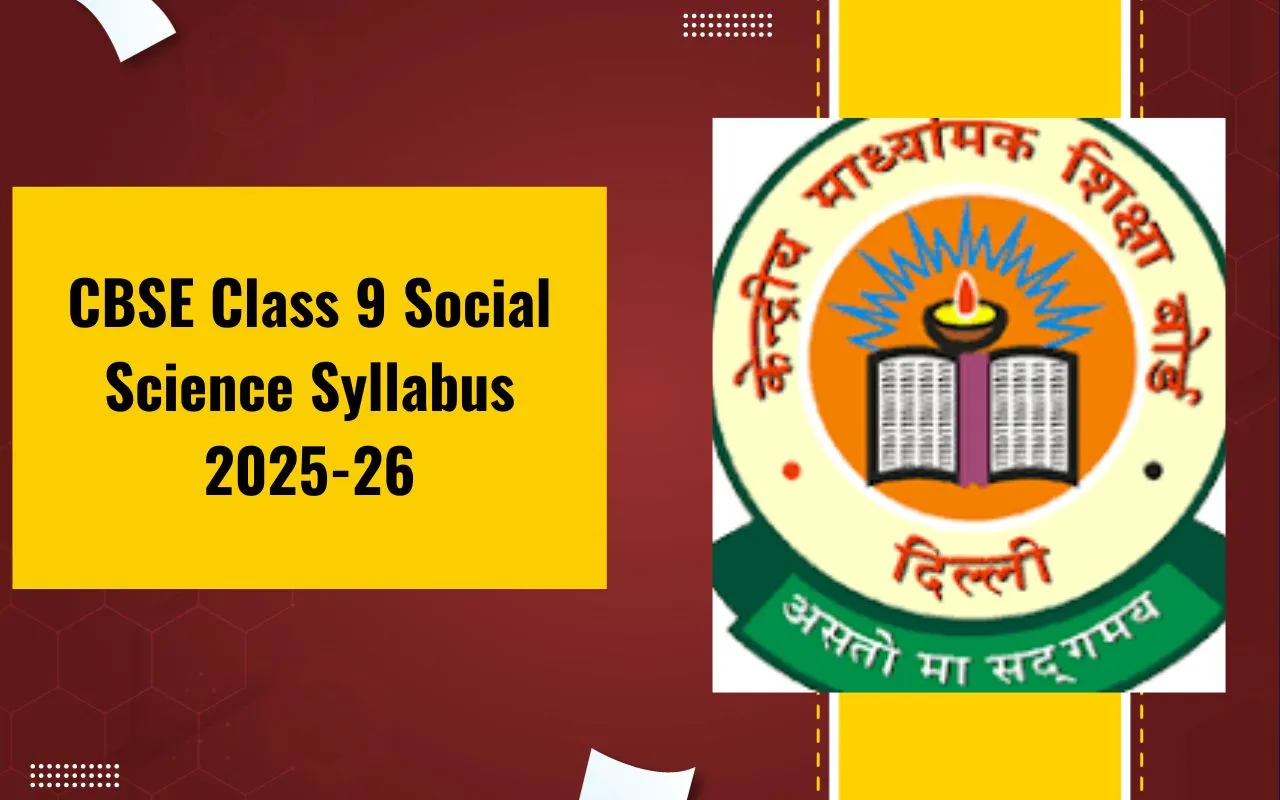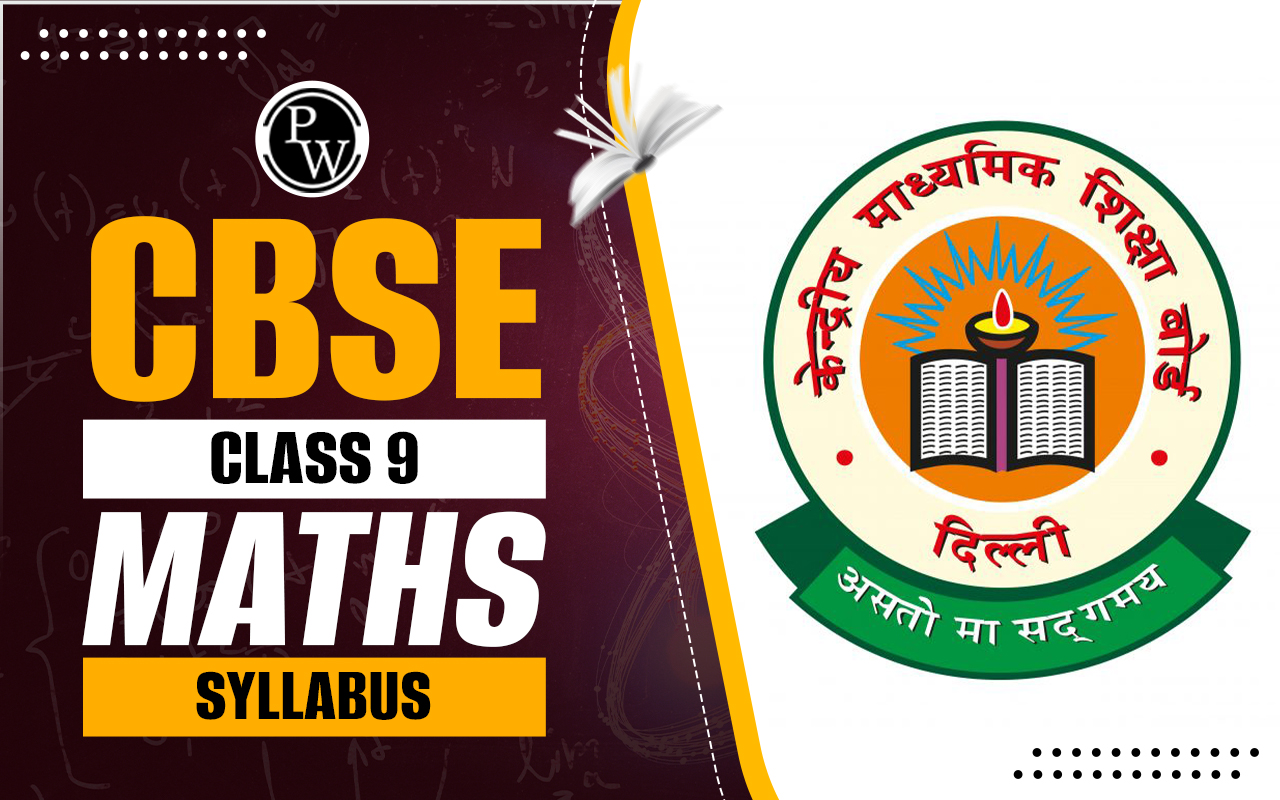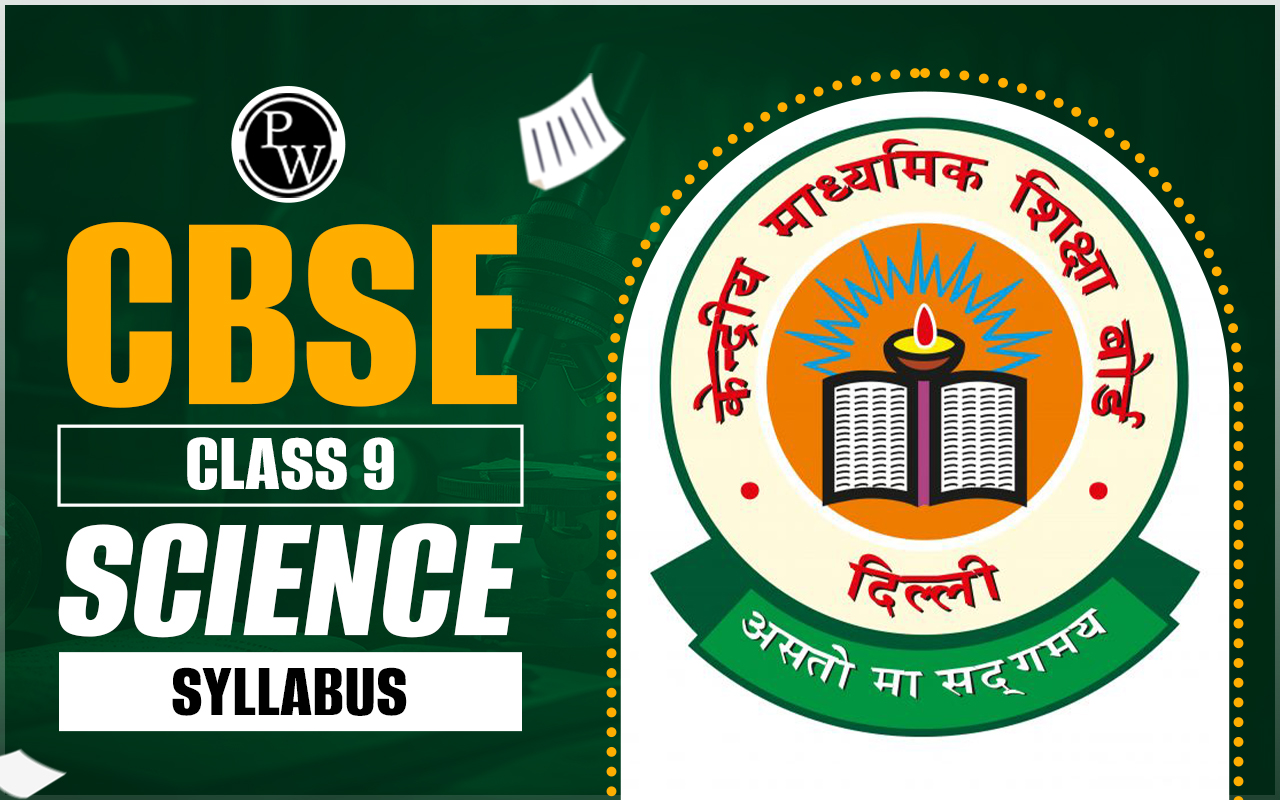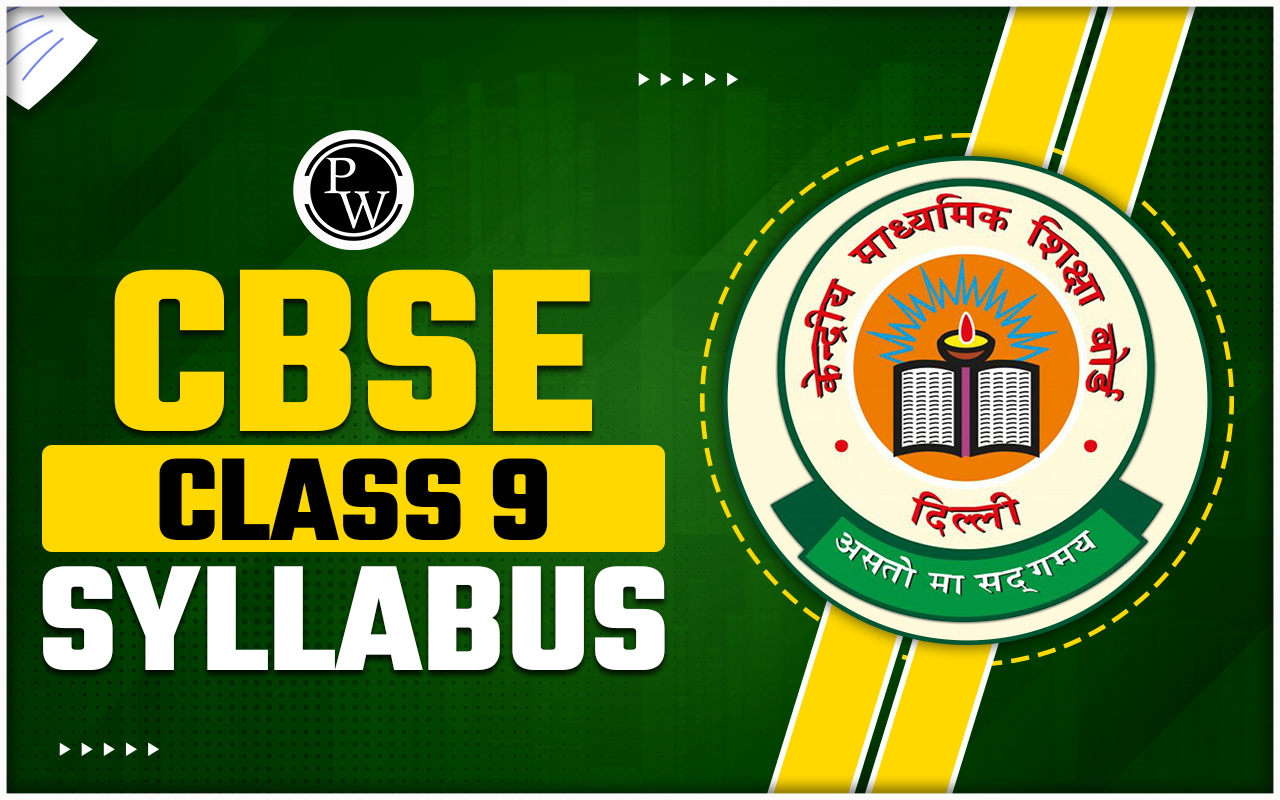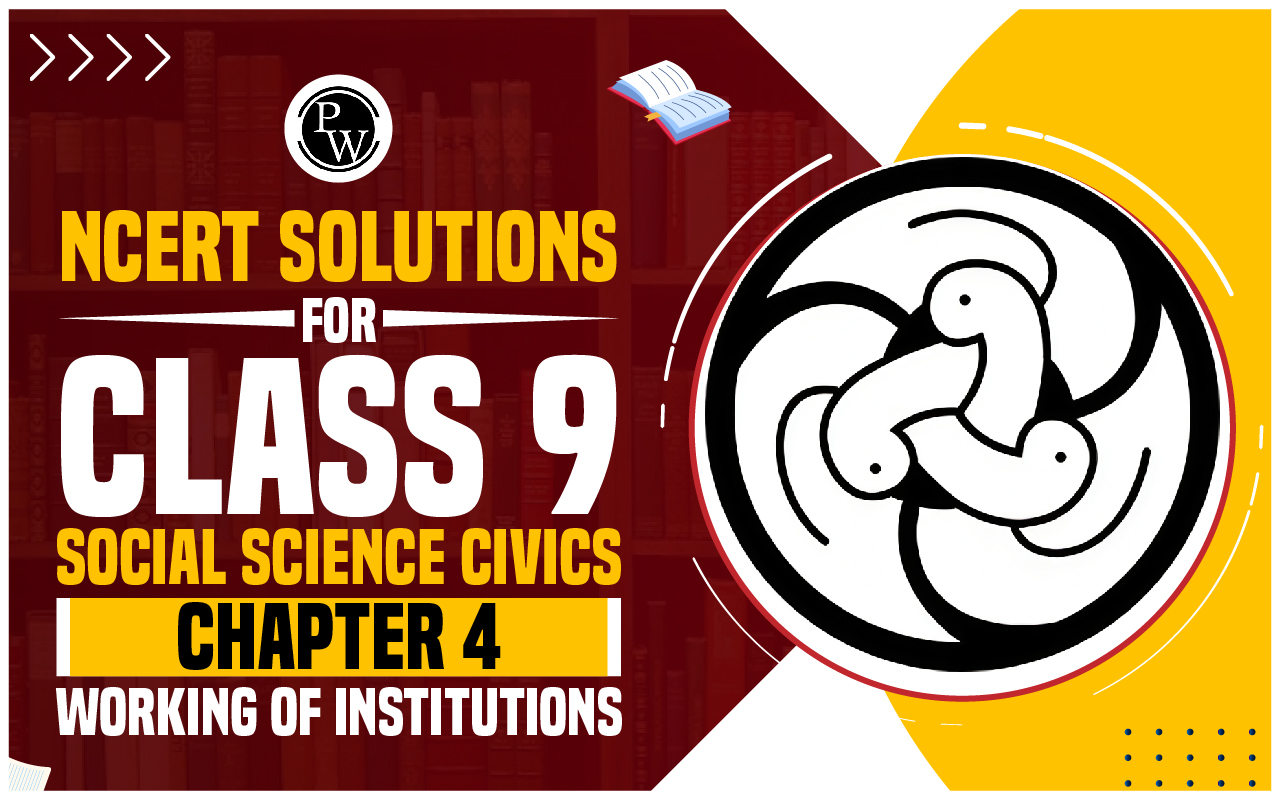
RS Aggarwal Solutions Class 9 Maths: The RS Aggarwal Class 9 Maths Solutions PDF provided here is very helpful for students studying for their exams and for revising on time. Class 9 is an important part of a student's education before they move on to higher grades. These solutions cover all the chapters in a concise way, and you can also download the PDF file to your computer to access it offline.
One of the great things about this resource is that it includes a wide variety of questions, from simple ones to more difficult ones that can be tricky. The solutions break down these tough questions into easy-to-follow steps and provide clear explanations. This helps students not only solve problems but also understand the concepts better. It builds confidence for their school exams and also for future entrance exams.RS Aggarwal Solutions Class 9 Maths Overview
Here are the RS Aggarwal Solutions Chapter-wise Solutions for Class 9, broken down by chapter. The math professionals have provide these answers in great depth. To ensure you understand the ideas completely, go through these chapter-by-chapter solutions.RS Aggarwal Chapter-wise Solutions for Class 9 Maths
RS Aggarwal Chapter-wise Solutions for Class 9 Maths are a helpful resource for students to understand math better. These solutions break down each chapter's problems step by step, making it easier for students to learn. Below, you'll find links to solutions for all chapters. They're great for practicing and preparing for tests. With these solutions, students can improve their math skills and do well in exams.RS Aggarwal Class 9 Maths Solutions - Chapterwise Exercises and Topics Covered
RS Aggarwal Class 9 Maths Solutions provide comprehensive coverage of each chapter's exercises and topics. These solutions help students understand and master the concepts taught in each topic. From Number Systems to Probability, each chapter is broken down into exercises covering various topics such as polynomials, linear equations, coordinate geometry, triangles, quadrilaterals, circles, and more. These solutions provide step-by-step explanations, making it easier for students to grasp the concepts and solve problems effectively. With RS Aggarwal Class 9 Maths Solutions, students can confidently prepare for their exams and build a strong foundation in mathematics.| Chapter | Topics Covered |
|---|---|
| Chapter 1 - Number Systems | Representation of Integers on Number Line, Representation of Rational Numbers on Real Line, Finding Rational Numbers between two given Rational Numbers, Decimal Representation of Rational Numbers, Irrational Numbers, Properties of Rational Numbers, Real Numbers, Addition Properties of Real Numbers, Multiplication Properties of Real Numbers, Representing Irrational Numbers on the Number Line, Representing Real Numbers on the Number Line, Rationalization, Law of Exponents |
| Chapter 2 - Polynomials | Algebraic Expressions, Terms of an Algebraic Expression, Polynomials in one variable, Polynomials of Various degrees, Number of Terms in a Polynomial, Value of a Polynomial, Zeros of a Polynomial, Division Algorithm in Polynomials, Remainder Theorem, Factor Theorem |
| Chapter 3 - Factorisation of Polynomials | Grouping, Common factoring, Difference of squares, Perfect squares, Factoring by sum or difference of cubes, Trial and error |
| Chapter 4 - Linear Equations in Two Variables | Linear Equations in Two Variables, Solution of a linear equation, Graph of linear equation in two variables |
| Chapter 5 - Coordinate Geometry | Cartesian Coordinates, Coordinate Geometry, Coordinate System, Coordinates of a point in a plane, Points on Coordinate Axes |
| Chapter 6 - Introduction to Euclid’s Geometry | History, Axioms and Postulates, Euclid’s Axioms, Euclid’s five postulates, Incidence Axioms on Lines, Number of Lines passing through two given points |
| Chapter 7 - Lines and Angles | Basic Terms and Definitions, Various types of Angles, Some Angle Relations, Results on Parallel Lines, Corresponding Angles Axiom |
| Chapter 8 - Triangles | Triangles, Types of Triangles on the basis of sides, Types of Triangles on the basis of angles, Some terms related to Triangle, Exterior and interior opposite angles of a Triangle, Some results on Triangles |
| Chapter 9 - Congruence of Triangles and Inequalities in a Triangle | Congruent Figures, Congruent Triangles, Congruence Relation in the set of all Triangles, Inequalities in a Triangle |
| Chapter 10 - Quadrilaterals | Various types of quadrilaterals, Results on Parallelograms, Converse of the above theorems, Some results on rectangle, rhombus, and square, Midpoint Theorem |
| Chapter 11 - Areas of Parallelograms and Triangles | Euclidean Area Axioms, Figures on the same base and between the same parallels, Parallelograms on the same base and between the same parallels, Base and altitude of a parallelogram |
| Chapter 12 - Circles | All the terms related to a circle, Position of a point with respect to a circle, Degree measure of an arc, Minor and major arcs of a circle, Congruence of circles, Chord properties of circles, Results on angles subtended by arcs |
| Chapter 13 - Geometrical Constructions | Perpendicular bisector of a line segment, To draw the perpendicular bisector of a given line segment, Bisector of a given angle, Construction of angles using ruler and compasses |
| Chapter 14 - Areas of Triangles and Quadrilaterals | Introduction, Area of Triangles, Areas of Quadrilaterals, Area of a quadrilateral whose one diagonal and lengths of perpendiculars from opposite vertices to the diagonal are given |
| Chapter 15 - Volume and Surface Area of Solids | Volume and Surface Area of a Cuboid, Volume and Surface Area of a Cube, Cylinders, Right Circular Cone, Sphere, Spherical Shell, Hemisphere |
| Chapter 16 - Presentation of Data in Tabular Form | Introduction, Fundamental Characteristics of Data, Limitations of Statistics, Types of Data, Frequency distribution of an ungrouped data, Types of Frequency Distribution, Some definitions, Class boundaries or true upper and lower limits, Method of forming classes of a data |
| Chapter 17 - Bar Graph, Histogram, and Frequency Polygon | Bar Graph, Bar Graph or Column Graph, Reading a Bar Diagram, Histogram and Frequency Polygon, Frequency Polygon |
| Chapter 18 - Mean, Median, and Mode of Ungrouped Data | Arithmetic Mean, Properties of Arithmetic Mean, Mean for an ungrouped frequency distribution, Median of ungrouped data, Mode of ungrouped data |
| Chapter 19 - Probability | Introduction, History, Some terms related to probability, Some operations and their outcomes |
Benefits of RS Aggarwal Solutions Class 9 Maths
RS Aggarwal Solutions for Class 9 Maths provide several benefits for students:Comprehensive Coverage: These solutions cover all the chapters and exercises in the RS Aggarwal textbook, providing a thorough understanding of each topic.
Step-by-Step Solutions: The solutions are presented in a step-by-step manner, making it easier for students to follow and understand the problem-solving process.
Clarity of Concepts: With detailed explanations and solved examples, RS Aggarwal Solutions help clarify difficult concepts and strengthen the students understanding of mathematical principles.
Practice Material: Each chapter includes a wide range of practice exercises, allowing students to test their understanding and practice solving different types of problems.
| CBSE Class 9 Maths Syllabus | CBSE Class 9 Science Syllabus |
| CBSE Class 9 Computer Application Syllabus | CBSE Class 9 Social Science Syllabus |
RS Aggarwal Solutions Class 9 Maths FAQs
What is RS Aggarwal Solutions for Class 9 Maths?
How can RS Aggarwal Solutions benefit students?
Are RS Aggarwal Solutions suitable for exam preparation?
Are the solutions provided in RS Aggarwal Solutions accurate?



